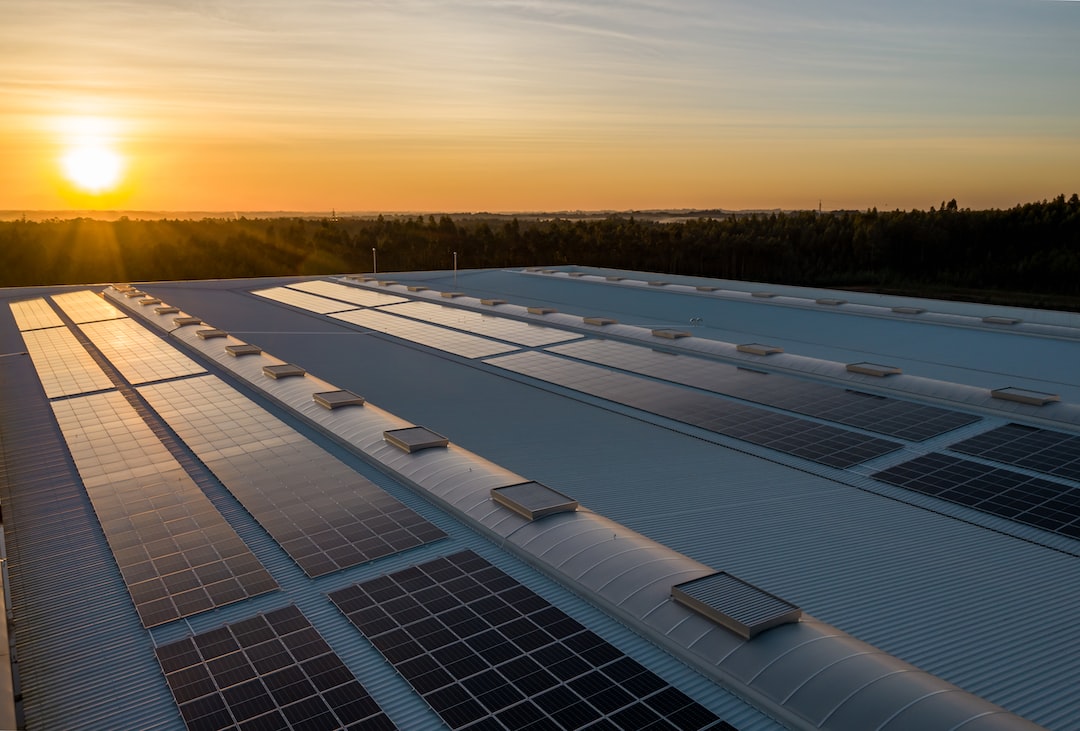Challenges and Innovations in Structural Engineering
Structural engineering is a field that deals with the design and analysis of structures, ensuring their stability and safety. The challenges faced by structural engineers are constantly evolving, pushing them to come up with innovative solutions. In this blog post, we will explore some of the key challenges and innovations in the field of structural engineering.
One of the significant challenges faced by structural engineers is the need to design structures that can withstand environmental forces. With the increasing frequency and severity of natural disasters such as earthquakes, hurricanes, and floods, structural engineers must consider these forces in their designs. Innovations in material science and engineering have led to the development of new materials that are stronger and more durable. For example, the introduction of fiber reinforced polymers (FRPs) has revolutionized the construction industry by providing lightweight and high-strength alternatives to traditional materials like steel and concrete. FRPs are highly resistant to corrosion and can absorb large amounts of energy during seismic events, making them an ideal choice for constructing structures in earthquake-prone areas.
Another challenge in structural engineering is the demand for sustainable and eco-friendly designs. With growing concerns for the environment, there is an increasing need to reduce the carbon footprint of buildings. Structural engineers are now incorporating green building concepts into their designs by utilizing renewable energy sources, such as solar panels and wind turbines, and optimizing the use of natural lighting and ventilation. Innovations in structural materials have also resulted in the development of eco-friendly options, such as recycled steel and concrete that utilize industrial waste products, reducing the environmental impact of construction.
In addition to environmental concerns, structural engineers face the challenge of designing structures that can adapt to changing needs and technologies. The rapid advancement of technology requires structures to be flexible and adaptable to accommodate new systems and equipment. Structural engineers are integrating intelligent systems, such as sensors and actuators, into their designs to monitor the structural integrity in real-time. These systems can provide early warning signs of damage and enable timely maintenance and repairs, thus extending the lifespan of structures.
The concept of resilience has become increasingly important in structural engineering. Resilient structures are designed to withstand extreme events and quickly recover from them. This requires structural engineers to understand the dynamic behavior of structures under extreme loads and develop innovative design practices. Advances in computational analysis and modeling have greatly aided in the development of resilient structures. Structural engineers can now simulate and analyze different scenarios to identify weak points and optimize their designs accordingly. This has led to the development of seismically isolated structures that can minimize the impact of earthquakes and protect the lives and assets within.
Lastly, one of the major challenges faced by structural engineers is the need to ensure the safety and reliability of existing structures. Aging infrastructure and the increasing demand for improved transportation systems require structural engineers to assess and retrofit existing structures. Innovations in non-destructive testing techniques, such as ground-penetrating radar and infrared thermography, have made it possible to detect hidden defects and monitor the condition of structures without causing damage. Furthermore, advancements in structural analysis software have allowed engineers to accurately evaluate the load-carrying capacity of existing structures and make informed decisions about necessary repairs and reinforcements.
In conclusion, structural engineering is a field that continually faces challenges and requires innovation to overcome them. From designing structures that can withstand environmental forces to incorporating sustainable and resilient design concepts, structural engineers play a vital role in shaping the built environment. With advancements in materials, technology, and analysis techniques, structural engineers are better equipped to tackle these challenges and continue to push the boundaries of innovation.

